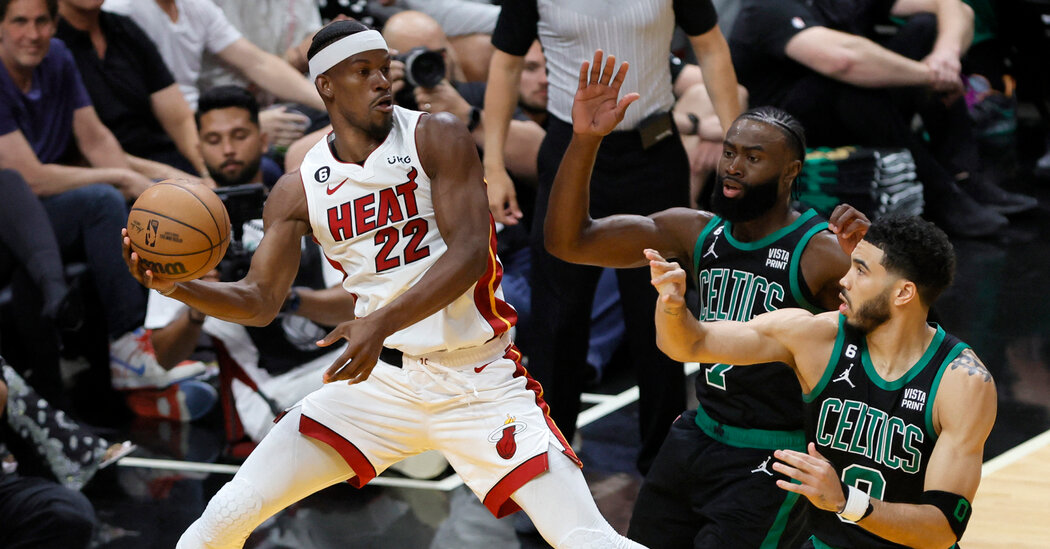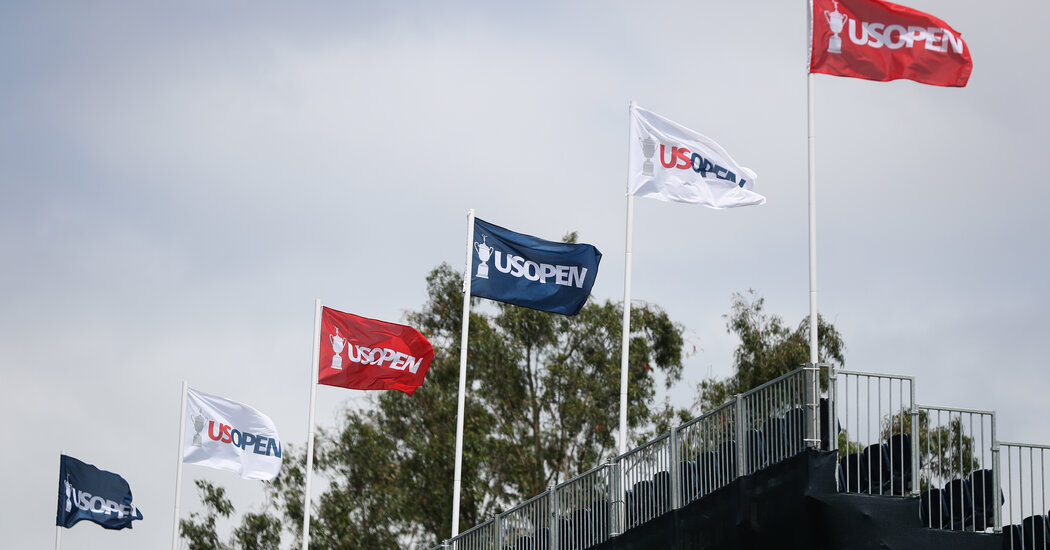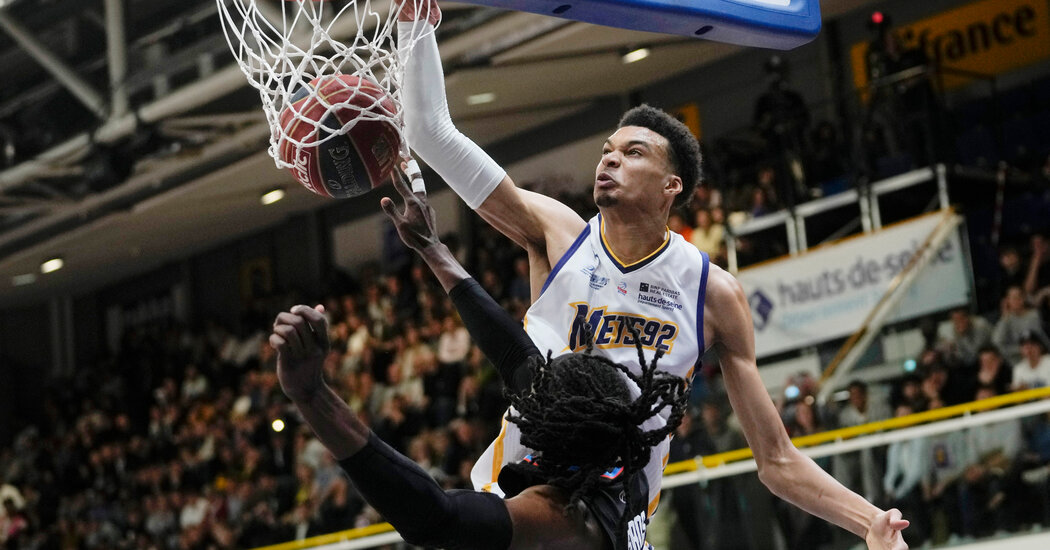Tennis Elbow Is a Real Pain. Here’s How to Treat It.
Now that warm weather is here to stay, many Americans are getting back into their favorite outdoor sports and starting home projects. Which means, among other things, the annual uptick in tennis elbow.
It starts with a persistent, localized pain on the outside of your elbow (or inside, in the case of the closely related golf elbow), and slowly gets more debilitating. It can happen to you even if you’ve never picked up a racket or club. While up to 50 percent of tennis players develop it each year, lateral epicondylitis, as it’s known to experts, is one of the most common upper-body repetitive stress injuries.
Causes run the gamut but may include using a hammer for extended periods of time, painting, softball, weight lifting and even gardening. Or it could be a combination of triggers.
Research shows that people over 40 are most susceptible, as are smokers, people with obesity and those who engage in repetitive motion for at least two hours a day. If you suspect that you’re dealing with tennis or golf elbow, there are ways to heal, return to activity and hopefully keep the pain at bay in the future.
What is tennis elbow?
Both tennis and golf elbow are overuse injuries that stem from damage to the muscles and tendons running from the wrist to the elbow. If used too much, and if you do not have enough strength in your shoulder muscles and core, microscopic tears can develop in the tendon where it attaches to the elbow, causing both pain and inflammation.
The first sign that you might have the condition is pain near the elbow, said Theresa Marko, a doctor of physical therapy based in New York City and a spokeswoman for the American Physical Therapy Association. “You might also feel a tightness in your forearm muscles,” she said. “Sometimes you’ll feel a clicking or a ‘catching’ sensation, or you can’t straighten your elbow entirely.”
Pain was Melanie Madden’s first indication that something was amiss two years ago. “I had been playing tennis for about three months when I first noticed it,” said the 45-year-old Boulder, Colo., real estate agent. “At the time, I had a new dog and was frequently throwing the ball for him, practicing yoga and playing some golf. I kind of ignored the pain and hoped for the best.”
Before long, the pain was waking up Ms. Madden in the middle of the night, and it hurt to pick up a cup of coffee.
How do you treat it?
Managing the condition when it starts can shorten the time it takes to overcome the pain. “It can be a stubborn injury,” said Dr. Marci Goolsby, a sports medicine physician and director of the Women’s Sports Medicine Center at the Hospital for Special Surgery in New York.
The first lines of defense against golf or tennis elbow should be to identify the activities causing it. “If you’ve had a sudden increase in your pickleball play, for instance, scale back,” Dr. Marko said. If you catch it early enough, reducing the time spent on the aggravating injury may be enough. If not, stop it altogether until you’ve made progress with rehab exercises.
This can be tricky because many simple daily activities — time on a phone, household chores like sweeping, sewing or even washing dishes — can aggravate the injury.
Next, experts recommend icing and anti-inflammatories and wearing a “tennis elbow” strap, which provides compression at the point of pain (though some studies have found that the effect may be psychological). Some experts also suggest a wrist immobilization brace for severe pain, as it prevents you from extending your wrist in the manner that causes pain at the elbow. You can also try to gently massage on the top of the forearm, with hand facing down, 1-2 inches below the elbow, Dr. Marko said.
In most cases, the root of the problem, however, is a lack of strength in your shoulder area, she said. “Right away, you can start doing some shoulder and rotator cuff exercises.”
One to try is shoulder external rotation: lie on your unaffected side, with a rolled-up towel resting between your upper arm and your torso. Bending your top arm at the elbow, lower it toward your stomach and back again, repeating 15 times for three sets. You can also add in simple shoulder-blade squeezes while standing or sitting, repeating 15 times for three sets. With time and as you start to feel better, you can include weights or resistance bands.
“However, if the elbow is hurting, gripping a weight will be painful,” Dr. Marko said. “What I do is place an ankle weight around a person’s wrist and have them relax their hand as they perform the movements of the side-lying exercises.”
From there, consider a full home exercise program from the American Academy of Orthopaedic Surgeons.
If you’re not making progress, a physical therapist can manually help loosen the joint and develop a personalized strengthening program. They can also put your arm through motions to assess your readiness to return to your sport or activity.
Some physicians might recommend alternative approaches, such as platelet rich plasma, shock wave therapy, dry needling or a corticosteroid injection, but their efficacy is unproven — as is ingesting copious amounts of gelatin, in spite of what friends or social media may tell you.
Ms. Madden first dropped tennis from her routine. When that wasn’t enough, she ceased the other aggravating movements too, such as throwing the ball for her dog and doing yoga. “I found someone who specialized in wrist and elbows and saw him twice a week for about six weeks,” she said.
As you begin to heal, try testing your elbow in small increments of your sport or activity, letting pain be your guide. In worst-case scenarios — you’ve tried resting for several weeks and working with a physical therapist — it’s worth a visit to an orthopedic specialist, said Dr. Robert Parisien, an orthopedic surgeon at Mount Sinai Health System in New York City.
“Not because we’ll suggest surgery, but to consider other treatments,” he said. “There’s about a 95 percent success rate with a combination of treatments.”
Amanda Loudin is a freelance writer covering health and science. Her writing has appeared in the Washington Post, Outside and many others.


